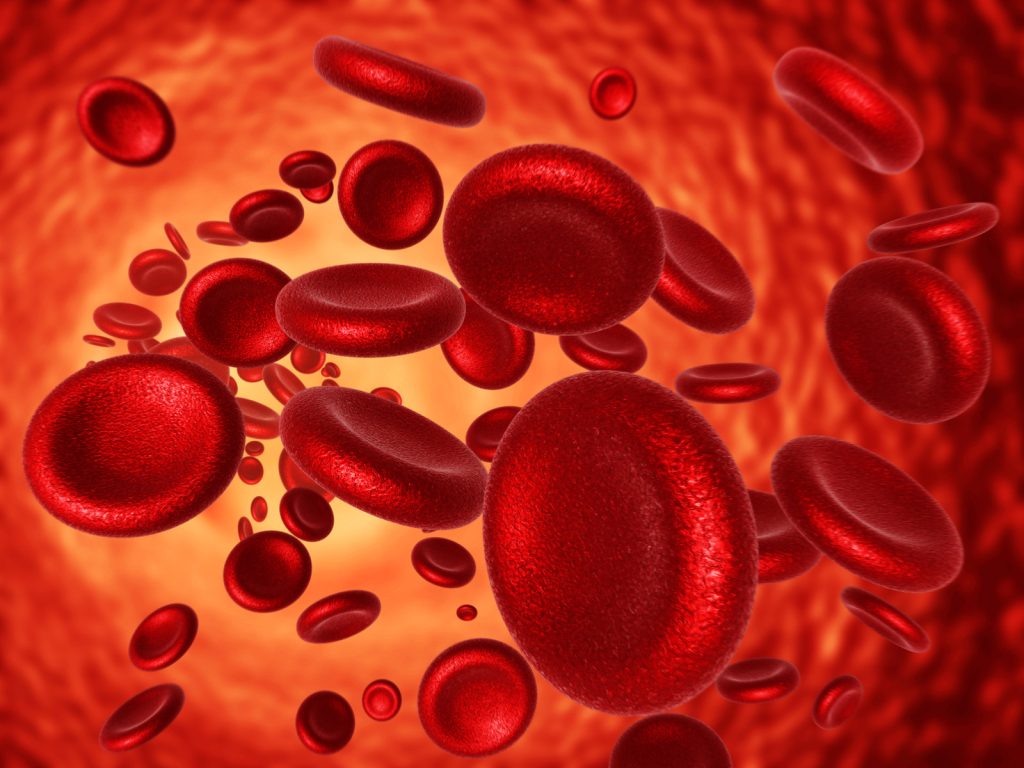Syllabus:
GS2: Government policies and interventions for development in various sectors and issues arising out of their design and implementation.
Context:
A study published in BJOG: An International Journal of Obstetrics & Gynaecology has found that mothers who are Anemic in early pregnancy face a higher likelihood of giving birth to a child with a heart defect.
More on the News
- Researchers assessed the health records of 2,776 women who had a child diagnosed with congenital heart disease and compared them to 13,880 women whose children did not have the condition.
- They found that anemia was present in 4.4% of mothers whose children had congenital heart disease, compared to 2.8% of mothers whose children had normal heart function.
- After adjusting for potential influencing factors, investigators concluded that the odds of giving birth to a child with congenital heart disease were 47% higher among anemic mothers.
About the Anemia

Anemia is a condition where the body lacks enough healthy Red Blood Cells or hemoglobin to carry oxygen to its tissues.
Hemoglobin, a protein found in red blood cells, transports oxygen from the lungs to the rest of the body.
- It is primarily caused by iron deficiency, results from low haemoglobin levels, reducing the blood’s capacity to carry oxygen to vital organs.
- Deficiencies in folate, vitamin B12, and vitamin A are other nutritional causes of anemia.
- Its widespread due to poor nutrition, early pregnancies, inadequate maternal care, and limited access to iron-rich foods, making it a pressing public health challenge.
Impact:
- Iron deficiency anemia results in impaired cognitive and motor development in children and decreased work capacity in adults.
- The effects are most severe in infancy and early childhood.
- In pregnancy, iron deficiency anemia can lead to perinatal loss, prematurity and low birth weight (LBW) babies.
Government Initiatives to Combat Anemia
- Anemia is both preventable and treatable, and over the past two decades, the Government of India has taken strong, targeted action to combat it.
- Anemia Mukt Bharat:
It was launched in 2018 with a 6x6x6 strategy under which there are six interventions to reduce the prevalence of anemia (nutritional and non-nutritional) in six age groups – pre-school children (6-59 months), children (5-9 years), adolescent girls and boys (10-19 years), pregnant women, lactating women, and women of reproductive age (15-49 years).
It adopts a life cycle approach, implemented across all villages, blocks, and districts through existing platforms under the National Iron Plus Initiative (NIPI) and Weekly Iron and Folic Acid Supplementation (WIFS) to combat iron deficiency and anemia.

